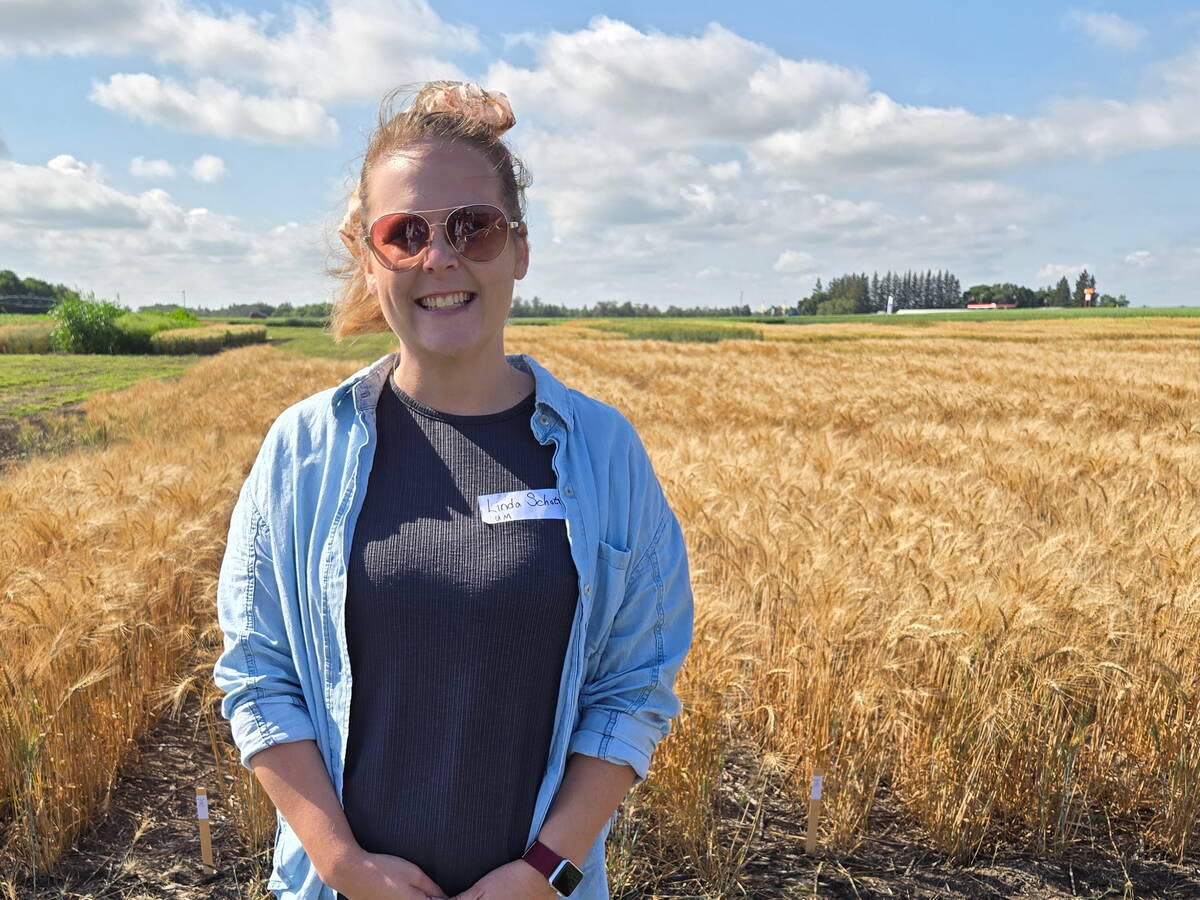QUILL LAKE, Sask. – Mike Humenny remembers his parents helping hungry men who were of work and riding the rails during the Dirty Thirties in eastern Saskatchewan.
“It’s part of my upbringing to always help those who need help,” said Humenny. “You know you never will get anything in return. You don’t even think about it.”
He is an active participant and longtime board member with the Canadian Foodgrains Bank, a multi-denominational church-based relief and development agency. He is also involved in his local church, credit union and co-op.
Read Also

University of Manitoba hires potato researcher
A new research chair position at the University of Manitoba will tackle sustainability in the potato industry.
As a member of the Seventh Day Adventist Church, he likes the idea of Christian groups working co-operatively to assist poor countries in need rather than trying to do it alone.
Humenny became active in the foodgrains bank to learn where donations of grain go from his 1,100-acre farm.
“So many say it never gets to the people who need it,” he said.
In December, Humenny participated in his third tour of countries helped by foodgrains bank donations of cash and agricultural products.
He witnessed the plight of thousands whose homes and communities in Central America are still being rebuilt after Hurricane Mitch in 1999.
On a tour of Eritrea and Ethiopia in 1992, he found widespread hunger and an inability to feed a population. In Iraq in 1996 and Nicaragua last year, he discovered how politics keep food from those most in need.
Central America differs from Africa because it has the ability to feed itself, but faces adverse weather. He noted similarities in people’s resiliency and will to survive the havoc wreaked by corrupt governments on lives.
Food-for-work projects are a continuing trend in the Third World.
“It lets people help themselves and gives them a sense of pride,” said Humenny, citing projects to build dams and terrace land. That is much preferred to a stampede of bodies vying for food where order is maintained with whips and soldiers.
The foodgrains bank buys locally in the 19 countries it helps when Canadian grain donations would interfere with local farmers’ crop sales or if shipping costs are high.
The amount raised is capped at $20 million of grain donations, plus an additional $2 million in cash.
The bank collects $4 million worth of grain and the Canadian International Development Agency provides funding for the remainder through a 4:1 funding agreement.
Donations have been stable for many years. Western Canada, which donated 15,517 tonnes last year, accounts for the bulk of Canadian donations that totaled 19,014 tonnes last year.
Which communities receive aid and how it will be distributed are decided before grain leaves Canada.
Dan Wiens, hunger education co-ordinator for the foodgrains bank, said a depressed farm economy has not meant fewer donations.
“Hard times bring out the best in people,” said Wiens, who farms at St. Adolphe, Man.
“People may think if it’s not worth anything at the elevator, maybe it’s worth more to those who are hungry.”
Humenny encourages others to travel to where the grain goes and stay with those being helped.
Tour participants spend two days in Toronto being briefed on the trip, local customs and what to expect.
For example, women should avoid slacks in Muslim East Africa and travelers to Iraq can expect a long road trip from Jordan into the country, where bribes to get past checkpoints are commonplace.
Humenny said the tours have strengthened his commitment to the foodgrains bank. Food is fairly distributed through well-established local networks and little is spent on administration and overhead, he said.
“It makes me think I want to do a little bit more,” said Humenny, who currently donates several thousand dollars and about six to 10 tonnes of grain annually.
Retirement looms for the 64-year grain farmer and father of three adult children. He hopes it will allow him more time to devote to the foodgrains bank.
“The local people always look at us as heavenly beings,” Humenny said. “They know we are from North America and we have so much for ourselves that we can give some away.”














